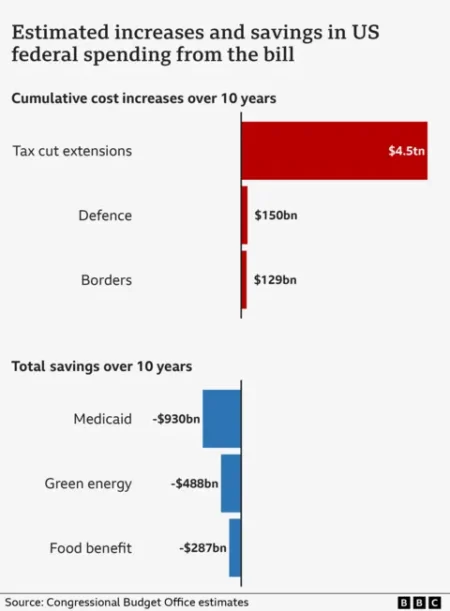In recent months, a troubling trend regarding unemployment among Black Americans has emerged, reflecting broader challenges within the labor market. According to the Labor Department’s findings, the jobless rate for Black individuals rose to 6.8% in June, a significant increase from May’s 6%, marking the highest rate since January 2022. This statistics highlight a stark contrast with the overall national unemployment rate, which decreased to 4.1%, accompanied by employers adding an unexpectedly robust 147,000 jobs. Notably, jobless figures also declined among White, Hispanic, and Asian workers, accentuating the disparities within the employment landscape.
One of the contributing factors to the rise in Black unemployment is the impact of President Donald Trump’s erratic trade policies. His administration’s trade war created an air of uncertainty that hindered business planning and led to a halt on many hiring initiatives. Various surveys suggest that companies have grappled with shifting tariffs and cuts in federal support, compelling them to adopt a more conservative approach toward hiring.
Economists have consistently observed that Black Americans are often the first to feel the adverse effects when the economic climate begins to falter. Previous reports indicate that this demographic tends to lag behind their White counterparts in areas such as income, wealth accumulation, and home ownership. Furthermore, under the Trump administration, programs geared towards diversity, equity, and inclusion have faced significant scrutiny and cuts, further exacerbating the challenges faced by Black workers.
Daniel Zhao, a senior economist at Glassdoor, articulated the vulnerability of Black workers in economic downturns, stating that they often encounter job losses more quickly and severely compared to others. This situation fits into a broader narrative indicating a general upward trend in unemployment over the past two years, with Black workers particularly bear the brunt of this trajectory.
Despite the national labor market demonstrating resilience, this stability appears to be concentrated in specific sectors such as health care, local government, and hospitality. The Labor Department’s data reveals that the private education and health services sector added an impressive 411,000 net jobs over the last six months, while other industries, apart from government and hospitality, struggled to surpass 51,000 new jobs.
According to Cory Stahle, a senior economist at Indeed, Black Americans are often employed in sectors like transportation, warehousing, and utilities, which have recently witnessed a significant pullback in hiring. Businesses are caught navigating an uncertain environment shaped by trade tariffs and fluctuating market conditions, leading to cautious hiring approaches.
The adverse effects of the Trump administration’s aggressive downsizing of the federal workforce are also notable. Last month alone, 7,000 federal jobs were shed, with the Labor Department reporting a slump of 69,000 federal positions since January. Jessica Fulton, a senior fellow at the Joint Center for Political and Economic Studies, emphasized that such job losses disproportionately impact Black Americans, who are more frequently employed in the federal sector.
While analysts like Zhao, Stahle, and Fulton caution against drawing sweeping conclusions from the latest employment statistics, they acknowledge the complex dynamics at play. The Labor Department’s household survey employs relatively small sample sizes for various racial and ethnic groups, rendering monthly data susceptible to fluctuations and inaccuracies.
Despite the broader labor market’s apparent stability, other economic indicators suggest vulnerabilities. In addition to limited job growth outside certain sectors, consumer spending has begun to falter, a trend attributed to tariff-induced spending patterns observed earlier in the year. This multifaceted economic scenario underscores the need for ongoing scrutiny and proactive measures to address the disparities faced by marginalized communities in the workforce. As the landscape of employment continues to evolve, the focus on understanding the unique challenges confronting Black Americans remains crucial for promoting equity and inclusion in the labor market.











